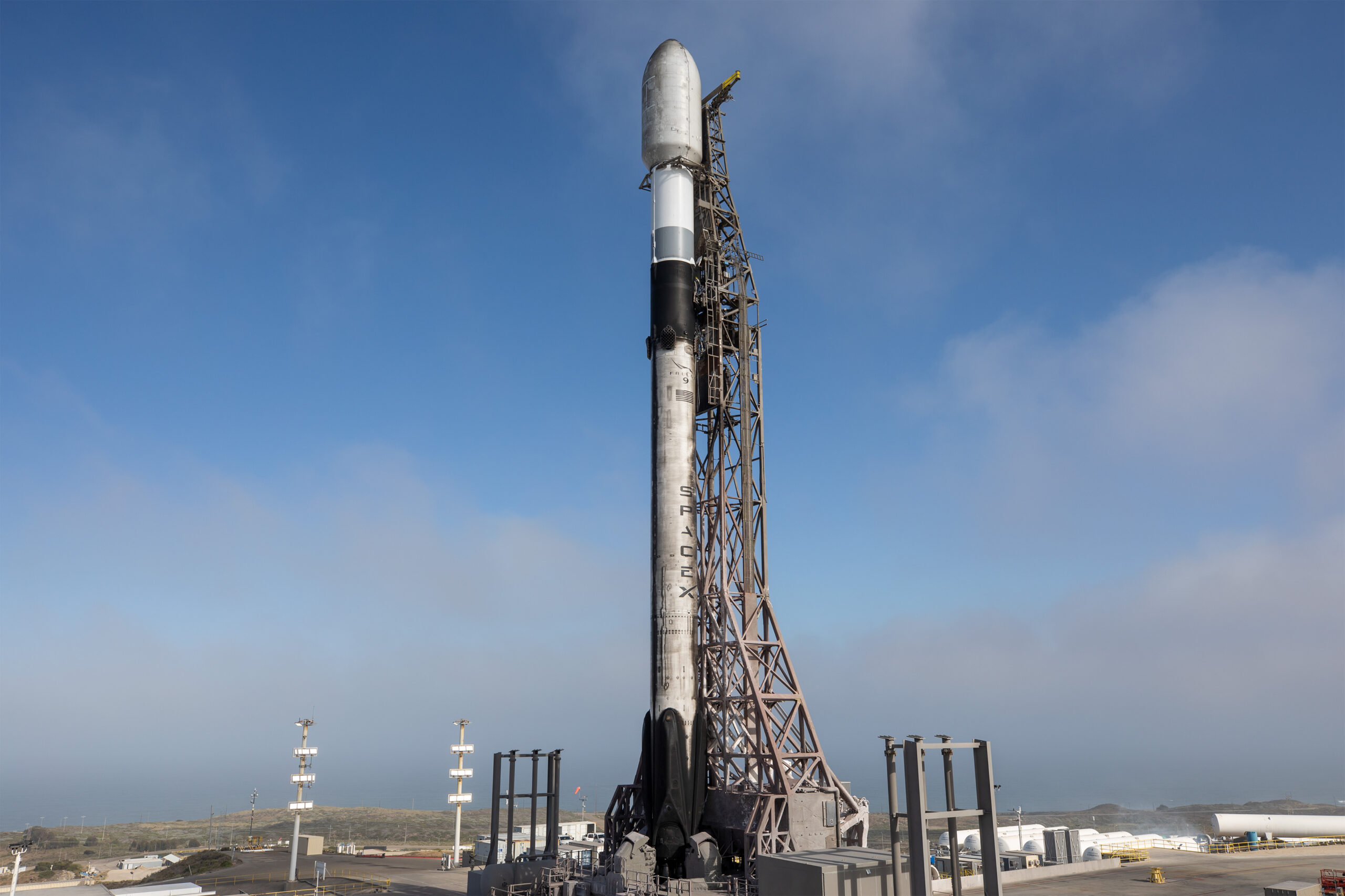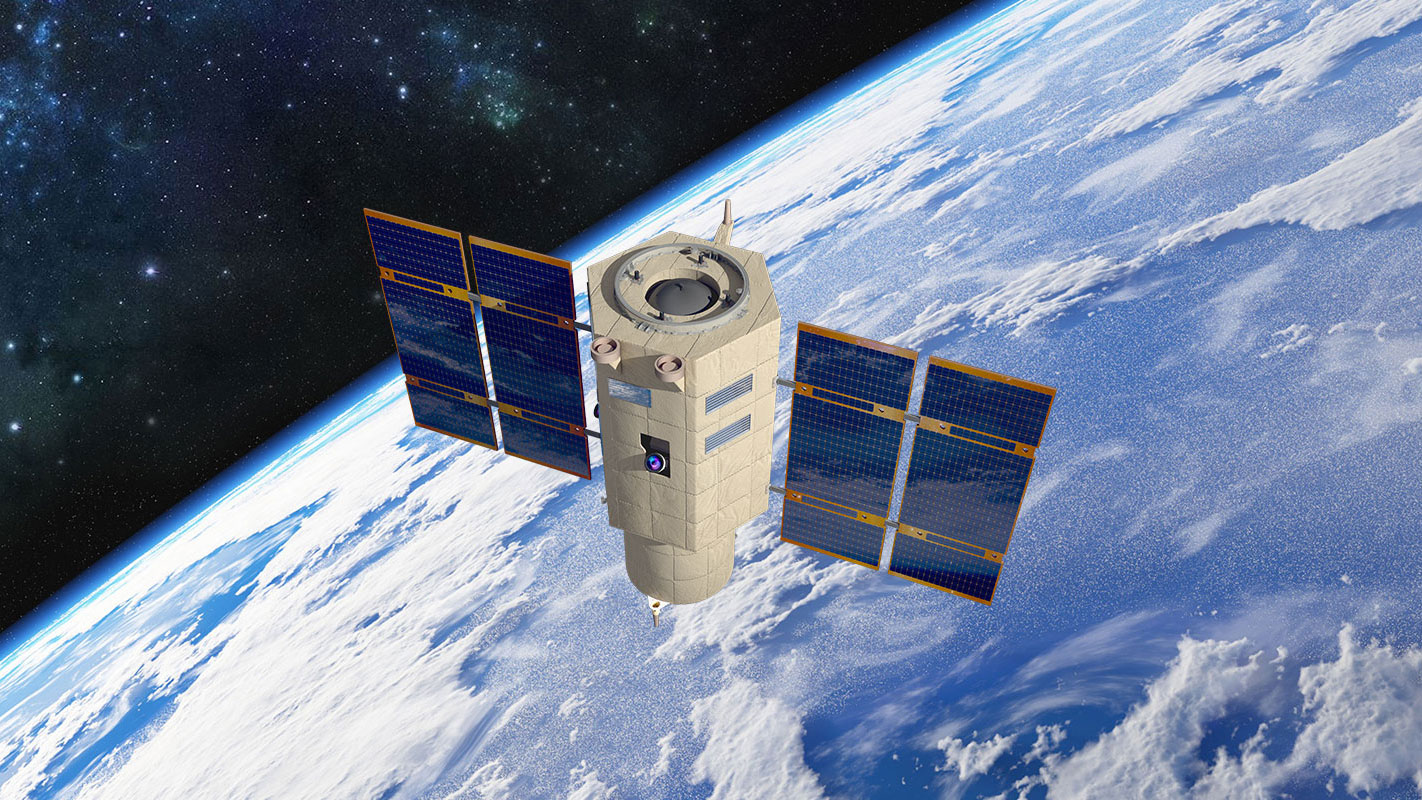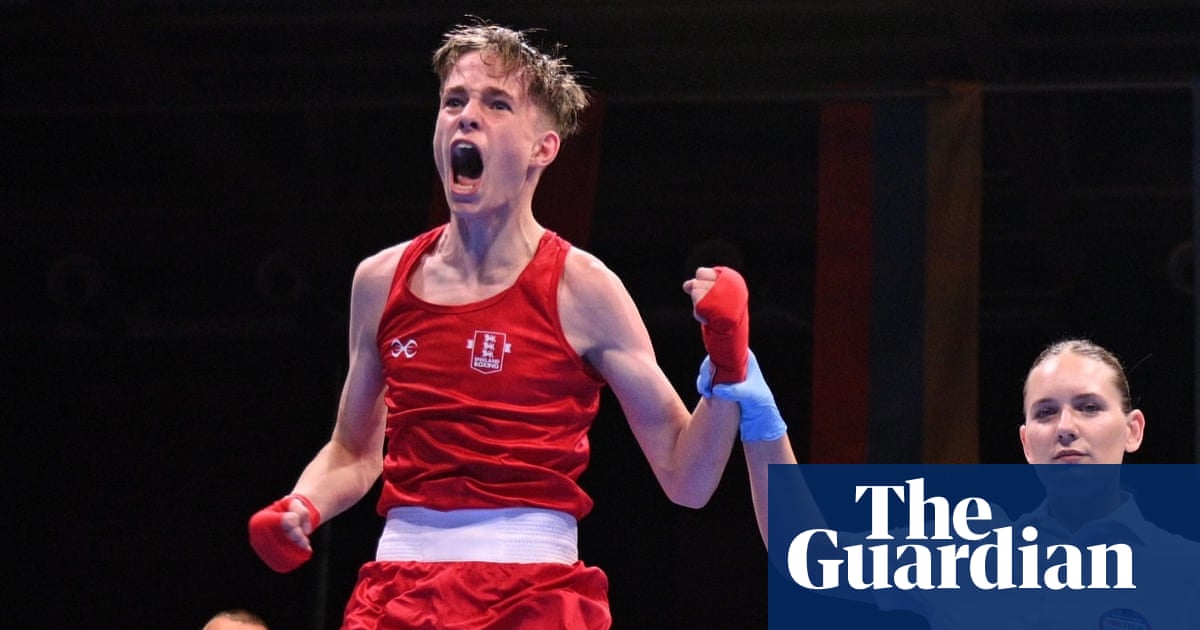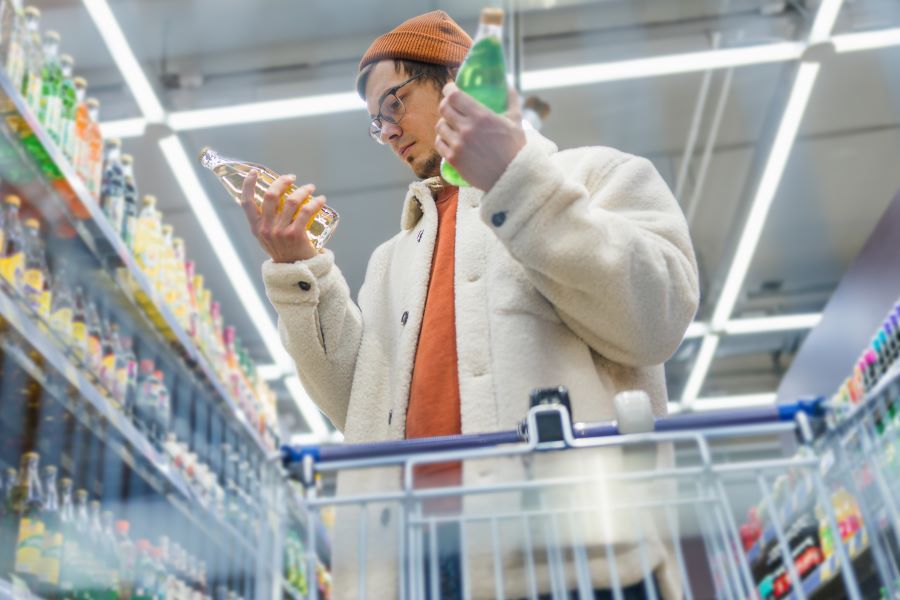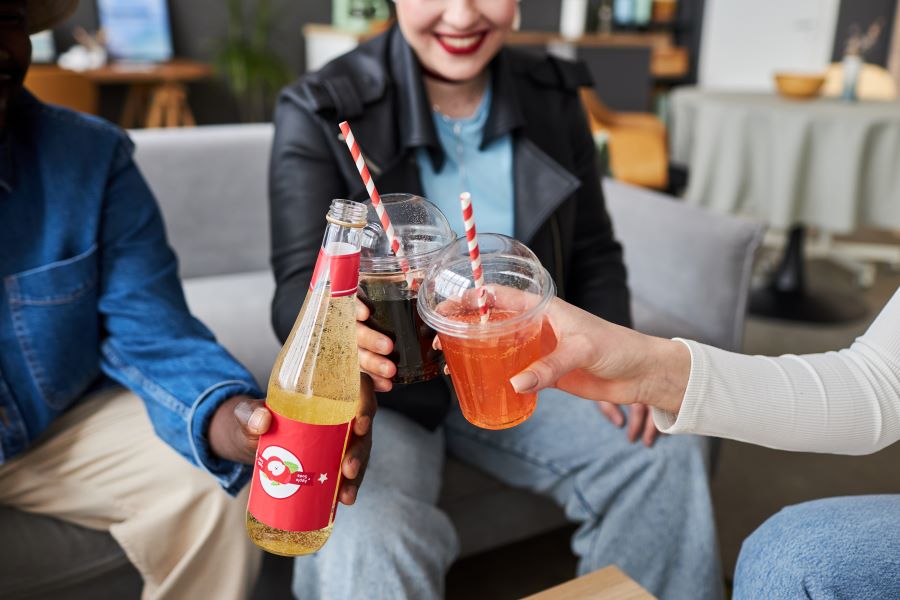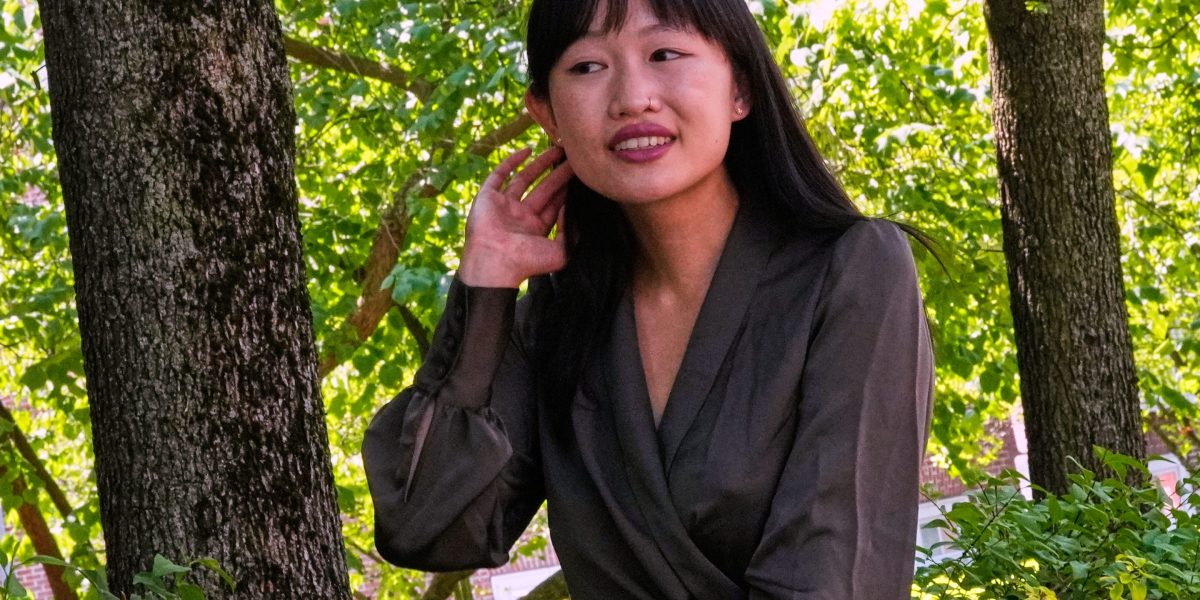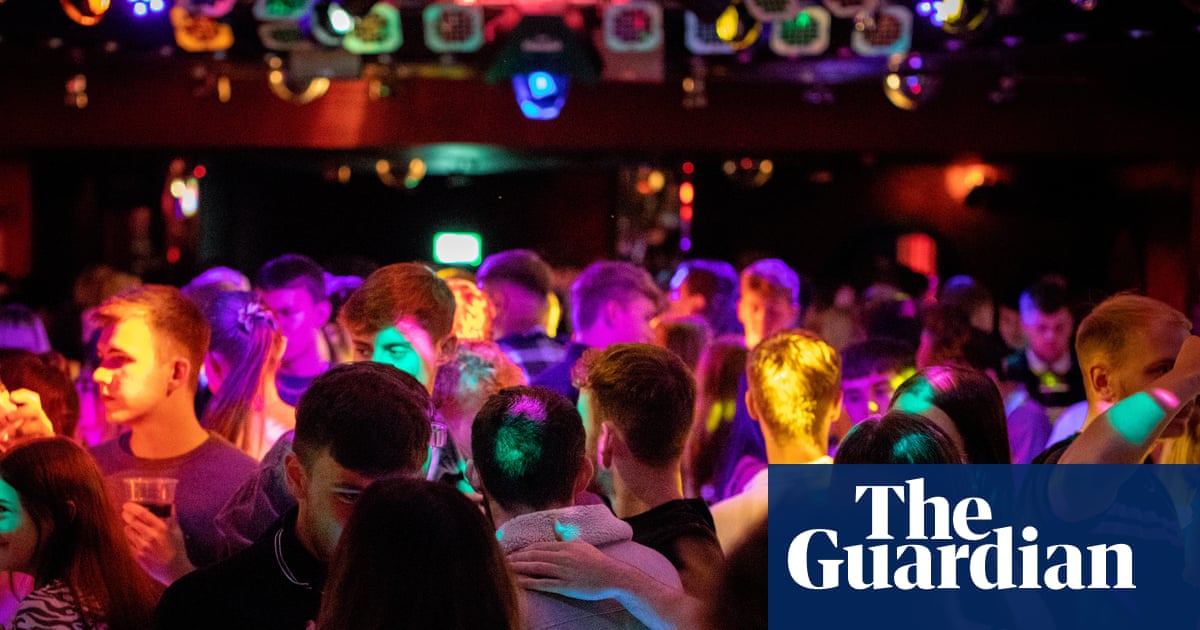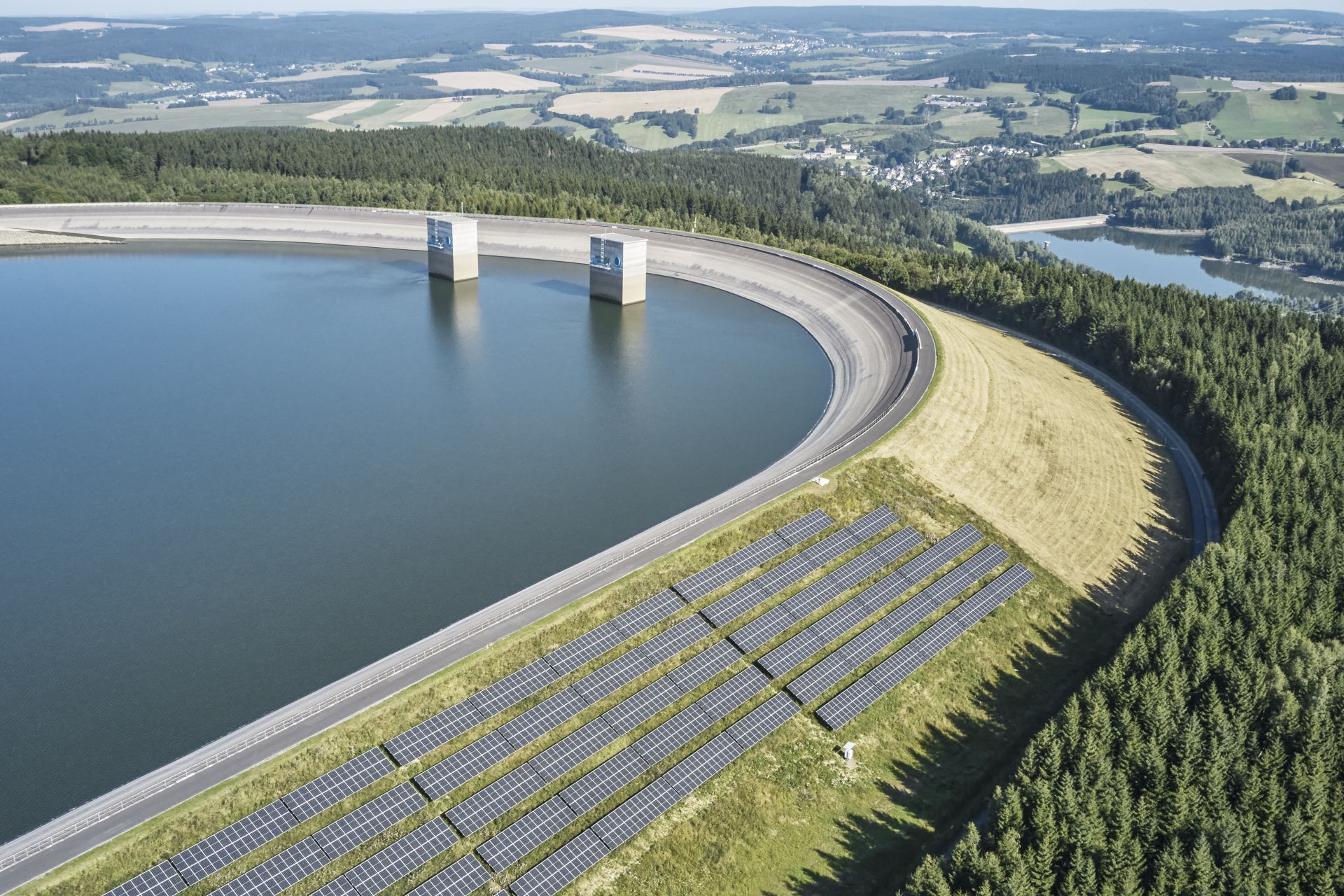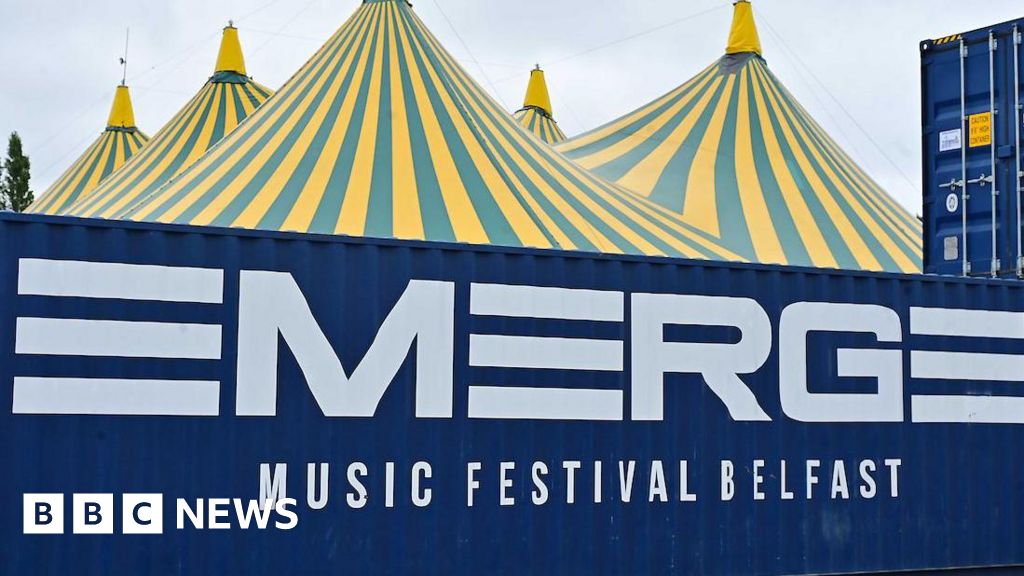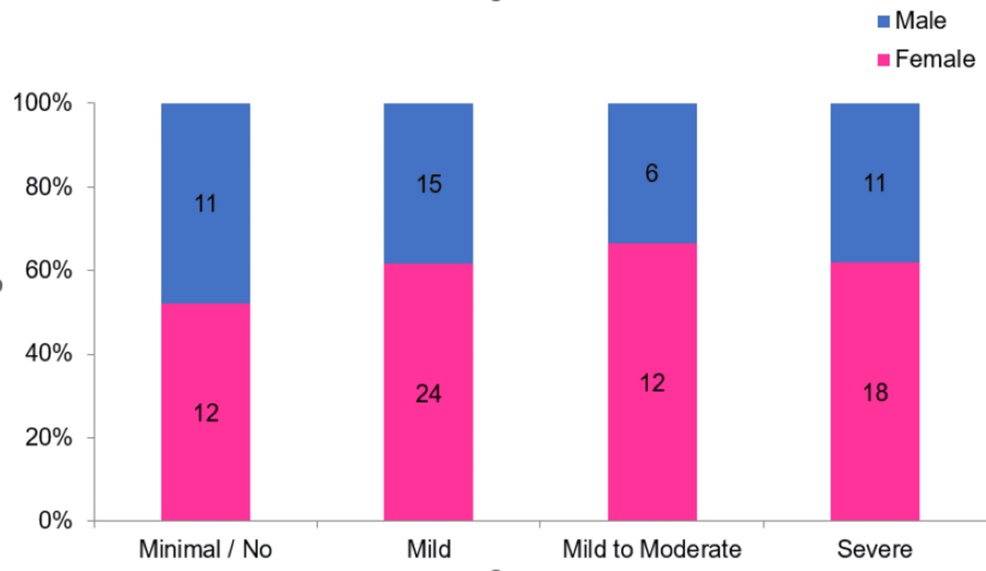Inside a wooden cabin of a building nestled on the outer edge of Silver Lake, Reuben Cox started messing around with a guitar and accidentally created a new chapter in the history of rock and roll.
It was 2016 and Cox, who runs Old Style Guitar Shop — really more of a guitar shack — had gotten an idea while taking photos at an Andrew Bird recording session. Producer and musician Blake Mills had brought out a 1950s Harmony electric banjo, which featured a removable rubber mute that could be wedged against the strings. It was a funky little instrument, and the muting device — designed to take the musical edge off, essentially — caught Cox’s eye.
The next day, Cox started tinkering around to see if something like it would work on a guitar and ended up wandering around Home Depot in search of the right part; in a Dadaist twist, he found the plastic he needed in the toilet aisle. “Very Duchampian,” he told me, laughing as he remembered the process in an interview from the shop. But instead of having the mute applied after the fact, as with the banjo, Cox designed his device into the guitar, with the mute becoming the bridge, where the strings rest near the sound hole. “I was like, ‘Oh, well, let’s try this and see what happens,’” he says. “And it ended up being a bull’s-eye.”
First through Mills and then through word of mouth, the rubber bridge guitar, as it’s come to be known, became an Excalibur in the guitar community of Los Angeles and abroad. Musicians started lining up to buy or commission one — either electric or acoustic — compelled not so much by what the rubber bridge sounds like, but rather what it doesn’t. With the rubber dampening the fullness of the notes, Cox’s design makes a guitar resemble a banjo or a plucked violin — and for guitarists in search of something fresh, that lack of resonance actually serves as an inspiration point.
“L.A. is full of musicians,” Cox said. “And they’re always looking for a new sound that’s going to inspire them.” Once they have the “conventionally attractive sounds accounted for in their collection,” he explained, it becomes a search for “the other sounds.”
(Myung J. Chun/Los Angeles Times)
“If you’ve been playing guitar for a really long time,” Cox explained, “your hands go to the same places and you repeat yourself. It’s this different sound, and it jumbles your mind in a way, and everything feels new. For a lot of people, songs would just pop out of it.”
Without ever being formally advertised, the rubber bridge’s popularity grew, and its presence — gentle, sparse and somewhat haunting while never crowding any vocals — started to float in on all kinds of notable records. Mills played one on Bob Dylan’s “Rough and Rowdy Ways”; Aaron Dessner of the National put it on Taylor Swift’s “Folklore”; about “80%” of the guitars on Phoebe Bridgers’ “Punisher” were said to be rubber bridge; Jeff Tweedy, who uses rubber bridge guitars regularly on Wilco albums and tours, said in 2021 that he had bought “at least” a dozen of them from Cox directly.
“It makes it sound like those high notes are even harder to play because they choke out,” Mills explained to me in a video interview. “But something about how that sounds sort of fragile is really moving. It’s kind of beautiful.”
For a while, the only way to get a rubber bridge guitar was to get one through Old Style or attempt to make one yourself. Cox then started doing rubber bridge conversions on budget-friendly Recording King guitars in order to keep up with demand and have something around for people to buy. And soon small-scale guitar craftsmen, known as luthiers, began to sell their own rubber bridge guitars, which Cox said “bemused” him. But the bemusement stopped in 2024 when Orangewood, a Los Angeles-based guitar company founded in 2018, began offering a mass-manufactured acoustic/electric rubber bridge guitar, which it dubbed the Juniper, starting at $395.
The Orangewood model uses a similar style of pickup, flatwound strings and tailpiece in comparison to Cox’s guitars, he says.
***
Cox playing a rubber bridge guitar at Old Style Guitars in Los Angeles.
(Myung J. Chun/Los Angeles Times)
Fitting into the lineage of other prominent guitar innovators like Leo Fender and Ted McCarty, Reuben Cox doesn’t even play guitar. He can hit a few chords, sure, but insists that he has no musical talent, and was only drawn to building guitars as a hobby — and a way to bring him into a particular social orbit. “I just love being around musicians,” he said, “and people using instruments for their intended purpose.”
When I arrived at Old Style recently, the shop wasn’t yet open, but the Band’s “Lonesome Suzie” was playing inside, where Cox, 53, had been getting work done anyway. Tall, with shoulder-length hair and clad in head-to-toe denim, he looked like he could be in a rock band himself. It quickly became clear, though, that he’s more of a mad scientist. There were cobwebs in the corners and work permits crudely taped to the wall. Guitars were strewn all over the place — some for sale, some being fixed and some just in the process of being scrapped for parts. “It doesn’t even work,” Cox told me, pointing to a bizarre guitar with a “Walking Dead” paint job, which he said a neighbor gave to him. “He’s like, ‘Do you want this?’ And I was like, ‘Sure, I’ll take out your trash.’”
Making something out of nothing has become the specialty of Old Style. Cox opened the shop at age 37 during the financial crisis in 2010, with less than $10,000 in savings, and just had to make it work somehow. He was previously a photographer who taught classes at Sarah Lawrence in New York, but when his then-wife, who worked in the music business, took a job in Los Angeles, he decided to attempt to turn guitars into a career. After he rented an affordable spot on Hoover Street, he started learning on the job with the help of “lots of YouTube-video watching” and a willingness to “choke down sawdust.” Every aspect of running the store was uncharted territory to him. “I had no idea what to charge,” he said.
Most guitar shops cater toward high-end collectors — “blues lawyers,” as they’re disparagingly called, who have money to burn on new and used instruments that can cost as much as cars. But Old Style, with its ramshackle vibe and low prices on salvaged and Frankensteined instruments, started to cultivate a different clientele: young and working-class musicians, to whom the function of the guitar is often more important than its collectability.
The rubber bridge guitar was born partially from Cox being the type to “throw pasta against the sonic wall and see what sticks.”
(Myung J. Chun/Los Angeles Times)
“L.A. is full of musicians,” Cox said. “And they’re always looking for a new sound that’s going to inspire them.” Once they have the “conventionally attractive sounds accounted for in their collection,” he explained, it becomes a search for “the other sounds.” You may want, say, “a guitar that sounds bad on purpose.”
The rubber bridge guitar was born partially from Cox being the type to “throw pasta against the sonic wall and see what sticks.” It was also an attempt to give musicians like Mills a new weapon to work with, usually on the cheap, with a refurbished guitar most would have thought was bound for the dump. “He’s not afraid of taking a chance on something that could easily be overlooked as worthless,” Mills said. “He’ll have seen something in it of merit.”
After Orangewood started selling its rubber bridge guitar, Cox never considered filing a lawsuit. As a small-business owner, he didn’t have time to figure out how, for one, and he didn’t feel like the rubber bridge was something he could really claim ownership of either. This is a key issue in determining just how much of Cox’s design is “original.” There have been many attempts to create muting devices on guitars over the years, including some from major companies. The Gretsch Country Gentleman that George Harrison played on the Beatles’ “Ed Sullivan” appearance, for instance, featured a crude flip-up muting device.
But the function and aesthetic of Cox’s design and Orangewood’s Juniper model are similar, Cox says — and Orangewood itself cites Cox on its website as “developing and popularizing” rubber bridge guitars. Cox remained silent as the Juniper began to show signs of widespread popularity — it’s now available at Guitar Center — but some musicians insisted on coming to his defense on their own.
Meg Duffy, who makes music as Hand Habits, asked to be taken down from Orangewood’s sponsored artists page, which currently includes Jensen McRae and Billie Eilish, due to what she says was the product’s similarity to Cox’s design (You can see Finneas using a Juniper on Eilish’s NPR Tiny Desk Concert.)
“He’s definitely not the first person to ever put a mute on a guitar,” Duffy told me on a video call. “But this specific rubber bridge — it’s so Old Style. It’s just so obvious where and how this happened.” Mills noted that Cox is “really sweet and supportive” of Southland musicians, which is why he believes this touched a nerve: “I think the idea that he’s been disrespected is what makes this such an emotional thing for the community.”
***
After the Juniper was released, and as the fallout started to trickle into public view, Orangewood reached out to Cox about some kind of settlement or agreement. But according to Cox, any deal would have had to include his sponsorship — something he didn’t want to provide, given how he alleged they only offered once there was a smoldering PR fire to put out.
“I think I was just kind of saddened by it,” Cox said, referring to the whole saga, which he is speaking about publicly for the first time. “It’s beyond my control, and it just happens to be relevant to my life, because it’s something I’m selling too. It’s a bummer. There’s nothing very sportsmanlike about it.”
In response to interview requests, Orangewood co-founder Eddie Park asked that questions be emailed. In response to the questions, he provided a statement on behalf of the company.
There have been many attempts to create muting devices on guitars over the years, including some from major companies.
(Myung J. Chun/Los Angeles Times)
“Since Old Style’s focus has always been on repurposing vintage guitars and selling locally, and there were other builders who were making rubber bridge guitars before our release, we moved forward with the project,” the statement read in part. “The intention was to add an affordable option out there — and we hope players can see the value in both a vintage mod and modern built versions. … With that, we’ve had some conversations with Old Style at a few different points over the years, and it’s still our hope to find a path forward to serve the broader guitar community.”
The history of guitars has been written on a steady stream of ideas and constructions passed between builders and players, often in ways that irked the original creators. Early Fender guitars, for example, bear an obvious resemblance to the midcentury electric guitars of Paul Bigsby. In the end, Bigsby was incensed by the actions of Leo Fender, but that upset is just a footnote on Fender’s path toward creating some of the most beloved instruments available around the globe. (In an ironic coda, Fender bought the Bigsby name in 2019.)
“Most things are just a twist on a fairly basic idea,” said Brad Tolinski, who co-wrote “Play It Loud,” a history of the electric guitar, and was the editor in chief of Guitar World for 25 years. “If [Cox is] producing a good idea, inevitably somebody else is going to come along [and mass produce it], especially if it’s not patented or manufactured in a professional way.” Tolinski added that he believes Cox’s territorialness on the matter is “almost not in the spirit of the history of the electric guitar, which is basement innovators coming up with cool ideas and sharing them with the world at large.”
Regardless of how he feels about Orangewood specifically, Cox doesn’t seem too bent out of shape about the way things have gone for him, generally speaking. After all, when your quixotic midlife career change succeeds the way his has, there’s not all that much to complain about. “I’m just not that aggro about money,” he said, shrugging off the Orangewood drama, and pointing instead toward the musical rewards of his work. “I’m a hidden footnote on a Bob Dylan record. How could I not be psyched about it?”
Cox truly doesn’t want anything from Orangewood at this point, he said; all he asks is for it to “leave me alone.” He’s just “trying to live my life in this shack of a shop,” he said, where he wants to continue working on guitars, looking for the next idea that might inspire musicians — and maybe guitar companies as well.
“I keep hoping I’ll stumble across a new trick to have in the shop here,” he said. “But I haven’t found it yet.”

